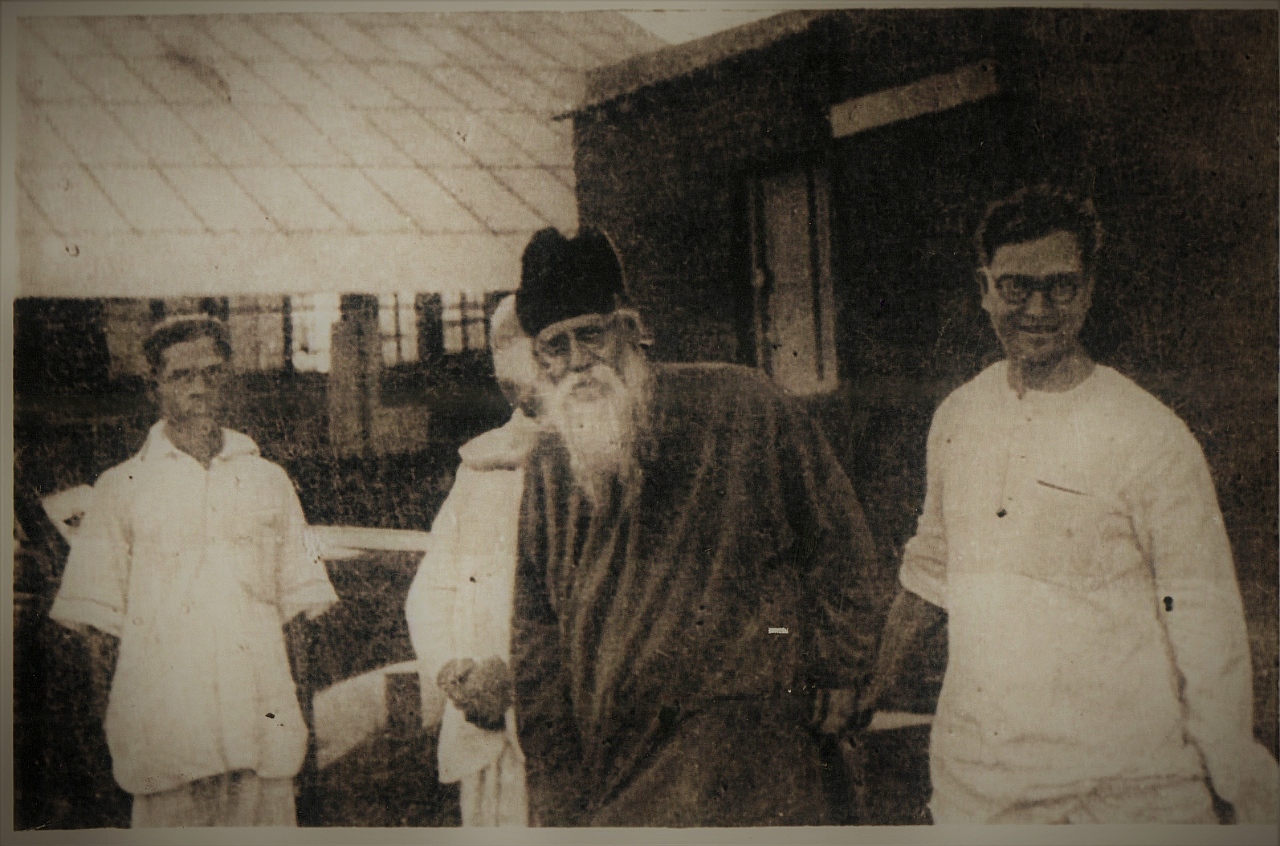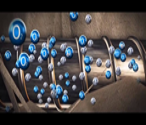The term technology coordination technology (TCT) may seem a little unusual; however, in simple words, it is concerned with the technical coordination between different streams of technologies working together. Information technology has a continuous link with all streams. Yet, today’s advance technology somehow could not create the link between different streams.
If any civil engineer is asked about the particular property of a polymer, which is to an extent related to civil engineering, answer is forwarded from any technical brochure presented by any manufacturing agency. They mention the basic property, uses, coverage, recommended dosage along with related several advantages, storage condition, storage life and material handling safety data sheet. However, the other questions are not given attention; the questions are: Are there any disadvantages of that material? Is there any other influence of any factor, which results in disadvantageous property of that material? Is this really suitable for the condition? How this is technically related with other technologies?
The concept of TCT is understandable through example of the paper Effect of Anti Corrosive Coatings to Steel- A State of Art Report, published by Dr. Ramaswamy, which explained details of anticorrosive paint for rebar coating. The article shows the lack of bond between concrete and coated/uncoated rebar; this is an important issue to overcome the problem of bonding between concrete and rebar in reinforced cement concrete (RCC). Ramaswamy discussed Development length of steel reinforcement with corrosion protection cementitious coatings, where Xiaofeipei et al. (2015) carried out modified pull-out test to assess the bond strength and development length of steel rebar coated with cementitious capillary crystalline water proofing material (CCCW). A self-reacting invested T-shaped beam was designed to stimulate the stress conditions of flexural structural members and tests were conducted at 7 days and 90 days after casting to investigate the curing effect on bond. They concluded that development length of reinforcing steel without any coating was less than the calculated design development length by 65% and 60% or 15 m and 20 m bars, respectively. Also, CCCW coated bars showed lower bond strength than uncoated bars and the respective bond factor was determined.
In the context of anticorrosive paint on rebar, the above findings have an important role in choosing the right paint on rebar. This is very clear to understand that property of one material is influenced by many others, which may need to modify or choose other category of same to achieve the desired results. Thus, the awareness of construction chemicals in civil engineering is understood.
The builders in Greek cities on the coast of Turkey (and in particular Pergamum) evolved cement in about 200 BC as a structural material, in place of weaker mortars such as gypsum plaster (used in Egypt) or bitumen (in Mesopotamia). The secret of the new material was lime, which binds sand, water and clay.
The Romans subsequently used finely ground volcanic lava in place of clay, deriving it mainly from the region of Pozzuoli. Their cement, known for this reason as pozzolanic, was the strongest mortar in history until the development of Portland cement. When small fragments of volcanic rubble were included, the result was concrete – making possible the great arches and aqueducts and playing its part in Roman roads.
Technical Exercise Started Since This Benevolence Discovery To Achieve The Better Quality In Construction
The present days witness the people using different types of construction chemicals. There are various kinds of construction chemicals used to solve a wide range of problems in the construction industry. In most of the cases the construction chemicals are familiar in different brand names, mentioning a basic chemical group. Organic, inorganic and their combination are widely used to make construction easier as well as to hide or solve the problems in construction. The chemistry of cement is very closely watched by engineers, cement chemists, quality control personnel and even the workmen handling concrete at construction. However, the methods of cultivating new things through technical understanding may be different due to different responsibilities.
Every day we are discussing about new problems in construction and are using different products. Generally, we depend on the manufacturer’s instruction, followed by authorized applicators taking responsibility of installation. Further, a guarantee is provided to satisfy the client by issuing a work order. At a later stage, usually a problem arises, and enough effort is made by the applicator to save the completed work. This practice continues.
But, if all the related engineers are aware of the basic chemistry of the products, microbiological effect as well as environmental issues, there is a possibility of formulating a new thing to solve the new problem after going through all details provided by the manufacturer. This is not a very complex matter as all engineers have knowledge of basic organic and inorganic chemistry. Though in applied stage of chemistry there are some modifications to match with the new phenomenon that too originates from basic chemistry.
Here, an attempt is made to make a cell of applied chemistry, which is full of relevant chemicals used in construction industry and the reason to prescribe a right compound for the best effect after proper diagnosis. This is interesting once a problem is identified and the thought process is applied to solve the problem; it includes understanding the problem, interaction with the manufacturer, understanding chemical behaviour, comparison with different case study and preparing an infallible technical specification.
Cell of polymer chemistry at a glance:
1) Co polymers
- Styrene butadiene – Where the coating needs a covering of screed on top and expansion-contraction of structure is not an issue.
- Styrene Acrylic – To some extent can resist weather action.
- Acrylic – Can withstand weather action for maximum 2 to 3 years in exposure to weather action.
2) Polyurethane – Maximum 4-5 years in weather action. Best as sealant.
3) Silicone – Cannot withstand weather action due to acidity of rainwater.
4) Ceramic – Good as a basic material for additive in water proofing and concrete strengthening additive and effective in heat reflecting paint.
5) Bitumen emulsion – After a period oxidation degrades bitumen.
6) Mastic – Useful in water proofing under any cover.
7) Cyano acrylate – No evidence is found that this is failed to withstand water effect for long time. But good to achieve high bond strength between two substrates in presence of moisture even at room temperature.
8) Poly Methyl acrylate – Used as
high strength film but not good to withstand weather action, used as an active ingredient to produce new generation tailor made plasticizer for concrete.
9) Poly methyl methacrylate – Same
10) Poly propylene – Good for fibre.
11) Poly vinyl alcohol – Not good for construction chemical.
12) Poly vinyl acetate – Specific uses.
13) Geotextiles
14) Epoxy system (How engineers can choose a right epoxy system for their actual requirement)
15) Polycarbonate
16) Concrete plasticizers
17) Concrete set retarders
18) Concrete water repellent
19) Concrete high strength achieving compound
20) Concrete quick setting compound
21) Stain removing agent
22) Stain protective coating
23) Construction adhesives
24) Nano composites – The best solution in construction if the composite is formulated in right way.
25) Heat resistant coating & Insulation technology
26) Floor cleaning agent
27) Timber protective coating to prevent decaying.
28) Efflorescence and shrinkage crack preventive plaster and concrete additives
29) Curing free plaster and concrete additives.
30) Fire resistance coating
31) Waterproofing membrane
32) Tiles adhesive
33) Ethylene propylene dyne monomer
– The liquid or solid form of this polymer is the best to protect weather action and structural movement. The liquid can access all the tiny holes on the surface and creates a seamless membrane with good adhesion to any substrate.
34) Corrosion and prevention
The civil engineers must know a little about all items mentioned above, which will be described in the following issues; this will help them choose the right material and application. All construction components are manufactured from different chemicals, so it necessary to be aware of their basic technology.
Today, many components of the building industry have been replaced by some other materials; M sand has replaced river sand or pit sand, ready mix dry mortar has replaced in situ mortar, and red bricks are replaced by fly ash brick, AAC blocks, concrete blocks or thin concrete wall structure. Consequently, few technical problems appear with environmental and economic benefit, and that is the overcoming challenge which must be accommodated with the prevailing technology. As most civil engineers face trouble in understanding the most appropriate chemical compound to solve different kind of construction problems, we have tried to compile all such scenarios witnessed in the past two and a half decades in one upcoming book.
To simplify this subject, we will go through a simple study on those materials; also, the compatibility of the same with organic or inorganic components will be described.
Next, we will analyse the characters of each compound to relate with substantiate issues.
……….TO BE CONTINUED





0 Comments